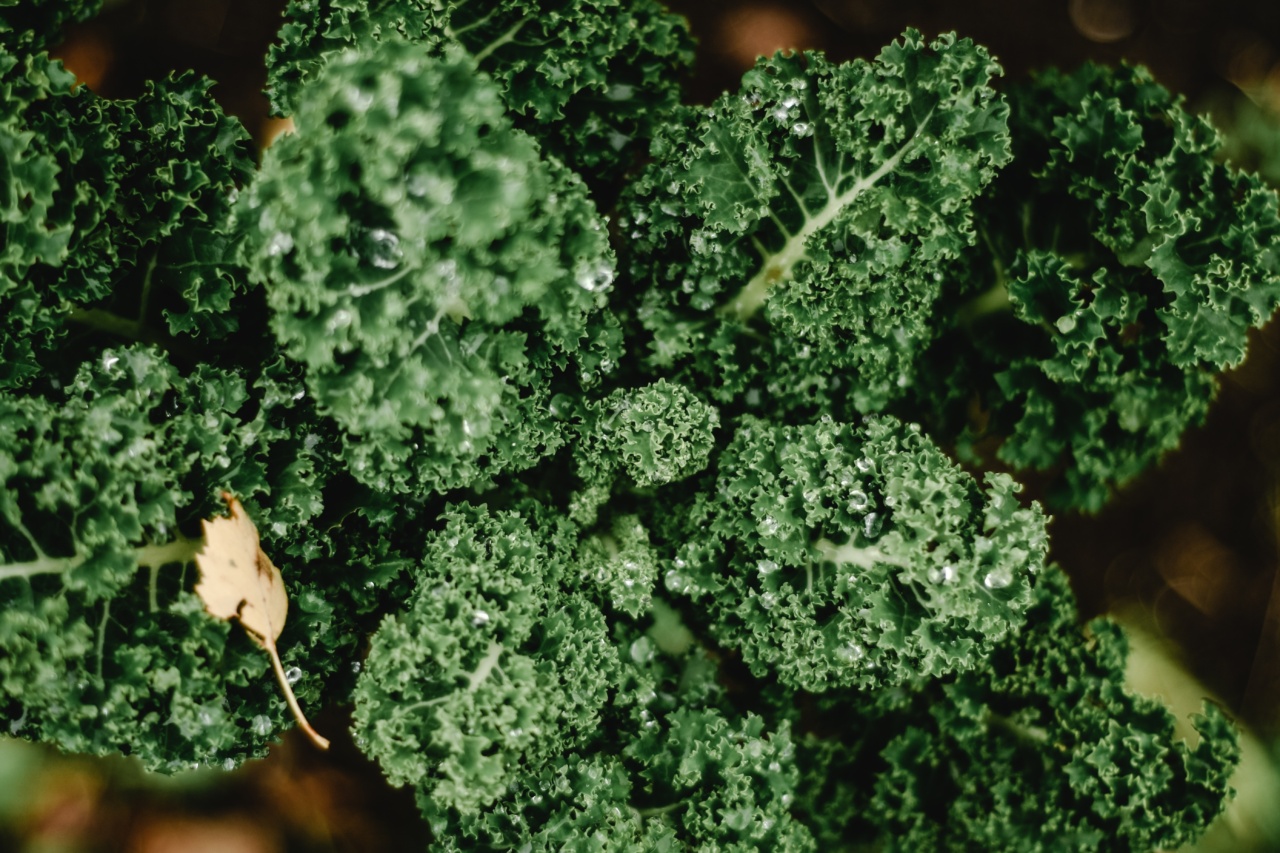When people think of heart-healthy foods, they may not always consider leafy greens. However, these vegetables are packed with nutrients that can benefit not only overall health but also the heart.
Leafy greens come in various forms, such as kale, spinach, collard greens, and broccoli leaves, and each offers its unique benefits. In this article, we will explore the heart-healthy benefits of leafy greens and why people should consider incorporating them into their diet.
1. Lowering Blood Pressure
High blood pressure is a significant risk factor for heart disease. Leafy greens are rich in potassium, a mineral that helps lower blood pressure. Potassium helps balance sodium in the body, which can reduce sodium’s impact on blood pressure levels.
Studies have also shown that a diet high in potassium can lead to a significant reduction in blood pressure. A cup of cooked spinach, for example, contains approximately 838mg of potassium, about 40% of the daily recommended intake.
2. Reducing Inflammation
Chronic inflammation can be harmful to the heart and lead to the development of heart disease. Leafy greens are one of the best sources of antioxidants, which can help reduce inflammation.
Antioxidants work by neutralizing free radicals that cause oxidative stress and damage to the body. In particular, leafy greens are rich in flavonoids, carotenoids, and vitamin C, all of which have antioxidant properties.
3. Improving Cholesterol Levels
High levels of LDL (bad) cholesterol can increase the risk of heart disease. Leafy greens are rich in fiber, which can help lower LDL cholesterol levels.
Fiber binds to cholesterol and bile acids in the gut, preventing their absorption and thus reducing cholesterol levels. Leafy greens also contain phytosterols, a group of compounds similar in structure to cholesterol that can block the cholesterol’s absorption in the gut.
4. Boosting Heart Health
The nutrient content of leafy greens can boost overall heart health. They are an excellent source of vitamins and minerals that can support various functions in the body.
For example, they contain folate, which can help reduce homocysteine levels, a risk factor for heart disease. They also contain iron, which is essential for the formation of red blood cells that carry oxygen to the body’s tissues.
In addition, leafy greens are rich in vitamin K, which can help prevent arterial calcification, a condition that can lead to heart disease.
5. Maintaining a Healthy Weight
Maintaining a healthy weight is essential for heart health. Leafy greens are low in calories and high in fiber, making them an excellent food for weight loss or weight management.
A cup of cooked spinach, for example, contains only 41 calories and four grams of fiber. The fiber content can help people feel fuller for longer, reducing overall calorie intake throughout the day.
6. Supporting Digestive Health
Good digestive health is essential for overall health. Leafy greens are rich in fiber, which promotes good digestive health by adding bulk to stool and preventing constipation.
The fiber in leafy greens can also help feed the beneficial bacteria in the gut, leading to better gut health. In addition, leafy greens contain water, which can help keep the digestive system hydrated and prevent digestive issues such as bloating and cramping.
7. Preventing Type 2 Diabetes
Type 2 diabetes is a significant risk factor for heart disease. Leafy greens are a low glycemic food, meaning they have minimal impact on blood sugar levels.
They are also rich in magnesium, a mineral that plays a crucial role in insulin regulation, which can help prevent type 2 diabetes. One study found that a higher intake of leafy greens was associated with a lower risk of type 2 diabetes.
8. Easy to Incorporate into the Diet
One of the best things about leafy greens is how easy they are to incorporate into the diet. They can be eaten raw, cooked, or added to smoothies. Some popular options include kale chips, spinach salads, collard green wraps, and broccoli leaf stir-fry.
Leafy greens can also be a great addition to soups, stews, and sautéed dishes.
9. Healthy for the Environment
Eating a diet that includes leafy greens can be healthy not only for people but also for the environment. Leafy greens require less water and land to produce compared to other foods such as meat and dairy.
They also produce fewer greenhouse gas emissions and cause less soil erosion.
10. Low in Cost
Leafy greens are not only healthy and good for the environment, but they are also low in cost. Buying locally grown or in-season leafy greens can be an affordable way to add more heart-healthy foods to the diet.
In some cases, growing them at home or in a community garden can be an even cheaper option.





























